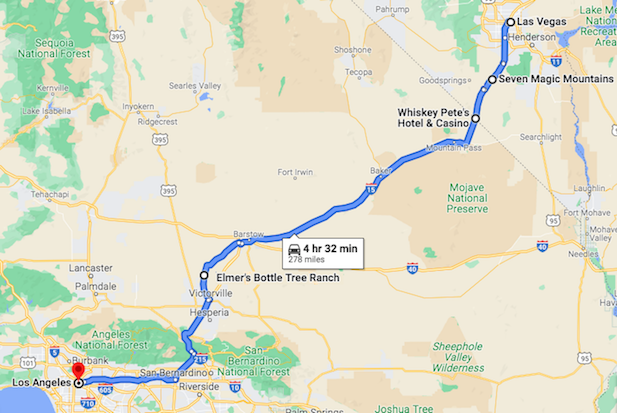California to Nevada: A Migration Trend That’s Reshaping the American West
In recent years, a notable migration pattern has emerged, with Californians flocking to Nevada in unprecedented numbers. This exodus is more than just a statistic—it reflects broader dynamics of affordability, opportunity, and quality of life that are reshaping the American West. Since 2020, an estimated 158,000 Californians have made Nevada their new home, making up an impressive 43% of all new arrivals in the state during this period. Even as annual migration numbers have slightly decreased—dropping from 47,376 in 2021 to 42,569 in 2022—the trend remains significant, with profound implications for both states.
At the heart of this movement are economic incentives. California, long celebrated for its weather, culture, and economic clout, has become notorious for its skyrocketing housing costs and heavy tax burdens. For many residents, the price of living in the Golden State has simply become unsustainable. Housing prices remain among the highest in the nation, and California’s progressive tax structure, while intended to fund essential public services, has added financial strain on its middle-class and upper-middle-class residents. For those unwilling or unable to shoulder this growing burden, Nevada has emerged as a beacon of hope.
Nevada, by contrast, offers a compelling financial alternative. Housing prices in Nevada remain far more affordable than in California, making the dream of homeownership achievable for many who were priced out of their own state’s market. Additionally, Nevada’s status as one of the few U.S. states without a state income tax is a major draw. Moving there often translates to immediate and long-term cost savings for families and individuals alike. Perhaps most critically, Nevada’s geographic proximity to California offers the best of both worlds. For those who move to Nevada, maintaining personal and professional ties to California—whether for business reasons, family connections, or leisure—can be done with relative ease. It’s a transition that often feels more like a recalibration rather than a complete uprooting.
When weighing quality of life, Nevada continues to stand out, particularly in areas like the Las Vegas Valley. Once known solely as a destination for hospitality and entertainment, the Las Vegas metropolitan area has diversified its economy over the years, creating opportunities in tech, logistics, health care, and more. With robust job growth and a relatively relaxed cost of living, it’s easy to see why this region has become a primary landing spot for Californian migrants. Families, young professionals, and retirees alike are drawn to the idea of living in a state that offers a more relaxed pace of life without sacrificing economic opportunity.
This migration trend has clearly altered the population landscapes in both states. California, once growing at a rapid clip, has recently seen its population numbers decline. In 2020, the state’s population peaked at around 39.5 million; today, it hovers closer to 38.9 million. The loss of nearly 600,000 people over a few short years reflects deeper issues within the state—namely, its struggle to remain affordable and accessible to its residents. This decline adds urgency to ongoing policy conversations about affordable housing, tax reform, and infrastructure investments in California. If these underlying issues aren’t addressed, the trend of residents seeking more livable conditions elsewhere could continue.
Nevada, on the flip side, has embraced its population boom. Clark County, home to Las Vegas, has experienced much of this growth firsthand. Intriguingly, this transformation is happening without significant marketing or recruitment efforts targeting Californians—instead, the allure of Nevada appears to sell itself. Current projections suggest the state will continue to attract a growing population, with around 33,000 new residents expected this year alone. This steady influx reflects the organic appeal of a state that balances affordability, career opportunities, and proximity to major economic centers.
Yet, this growing migration trend prompts important questions about the future of regional demographics in the American West. Will Nevada’s rapid growth trigger its own affordability crisis in the future, as demand for housing within key cities increases? Can California reverse the tide of out-migration by improving affordability and livability for its existing residents? And are there broader shifts occurring across the country that will reshape how and why people relocate in the years to come?
What remains clear is that the movement of Californians to Nevada is part of a much larger narrative about the pursuit of financial freedom, opportunity, and quality of life. For some, Nevada represents a fresh start—a chance to maintain professional ties while escaping the financial pressures of California. For others, it’s about finding a place where both past connections and future prospects can be balanced more seamlessly. Either way, the transformation happening between the two states encapsulates the broader challenges and opportunities defining life in the modern American West.
